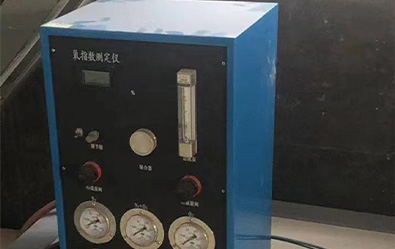loading...
- No. 9, Xingyuan South Street, Dongwaihuan Road, Zaoqiang County, Hengshui, Hebei, China
- admin@zjcomposites.com
- +86 15097380338
- Welcome to visit our website!
wastewater treatment
Wastewater Treatment A Vital Process for Sustainable Development
Wastewater treatment is a crucial process that plays a significant role in maintaining environmental health and sustainability. As urbanization and industrialization continue to increase, the volume and complexity of wastewater generated have also escalated. Effective wastewater treatment is necessary to recycle water for various uses, protect aquatic ecosystems, and prevent health risks associated with untreated waste.
At its core, wastewater treatment involves several processes designed to remove contaminants and reduce environmental impact. The primary objective is to purify water so that it can be safely returned to the environment or reused for specific purposes such as irrigation, industrial processes, or even drinking water in advanced purification systems.
The treatment process generally comprises three main stages primary, secondary, and tertiary treatment.
The first stage, primary treatment, involves the physical separation of solids from liquids. This is typically achieved through processes like screening and sedimentation. During screening, larger solids such as plastics and debris are removed using mesh filters. Next, the wastewater is held in large sedimentation tanks where heavier solids settle at the bottom, forming sludge, while lighter materials float to the surface as scum. This step removes about 50-70% of suspended solids and a significant portion of the biochemical oxygen demand (BOD), which measures the organic matter in the water.
2. Secondary Treatment
wastewater treatment

The second stage, secondary treatment, is primarily a biological process. It aims to further reduce the concentration of organic pollutants. This is achieved through various methods such as activated sludge process, trickling filters, or bio-towers. In the activated sludge process, aeration tanks are used to mix wastewater with microorganisms that consume organic pollutants. Afterward, the mixture is transferred to sedimentation tanks where microbes settle, and treated water is separated from the sludge. This stage can remove up to 90% of BOD, thus significantly improving water quality.
3. Tertiary Treatment
Tertiary treatment is an advanced purification process that further enhances water quality. This stage targets specific contaminants that remain after secondary treatment, including nutrients like nitrogen and phosphorus, which can contribute to eutrophication in water bodies. Techniques used in tertiary treatment include filtration, chemical coagulation, and advanced oxidation processes. Additionally, disinfection methods such as chlorination or ultraviolet light can be employed to eliminate pathogenic microorganisms, ensuring that the water is safe for discharge or reuse.
The treated effluent, depending on the treatment level, can be released into rivers, lakes, or oceans with minimal environmental impact. Moreover, it can be reused in various sectors such as agriculture, where treated wastewater can be utilized for irrigation, thereby conserving freshwater resources. In some cases, advanced treatment systems can convert wastewater into potable water, a process that is gaining traction in water-scarce regions.
Aside from environmental benefits, effective wastewater treatment also presents economic advantages. By recycling water, industries can reduce their operational costs and limit dependence on freshwater supply. Furthermore, improved water quality can enhance public health, reducing the burden on healthcare systems associated with waterborne diseases.
Despite its importance, many regions still struggle with inadequate wastewater treatment infrastructure. Developing countries face significant challenges due to limited resources, outdated technology, and lack of regulatory enforcement. Addressing these issues requires comprehensive strategies, including investment in new technologies, capacity building, and community engagement to promote water conservation practices.
In conclusion, wastewater treatment is a critical component of sustainable development, essential for protecting public health and the environment. Innovations and improvements in treatment technologies offer promising solutions for efficiently managing wastewater, contributing to a cleaner, safer, and more sustainable future. As the global population continues to grow and the demand for water increases, prioritizing wastewater treatment remains imperative for achieving long-term environmental and societal goals.
-
The Rise of FRP Profiles: Strong, Lightweight, and Built to LastNewsJul.14,2025
-
SMC Panel Tanks: A Modern Water Storage Solution for All EnvironmentsNewsJul.14,2025
-
GRP Grating: A Modern Solution for Safe and Durable Access SystemsNewsJul.14,2025
-
Galvanized Steel Water Tanks: Durable, Reliable, and Ready for UseNewsJul.14,2025
-
FRP Mini Mesh Grating: The Safer, Smarter Flooring SolutionNewsJul.14,2025
-
Exploring FRP Vessels: Durable Solutions for Modern Fluid HandlingNewsJul.14,2025
-
GRP Structures: The Future of Lightweight, High-Performance EngineeringNewsJun.20,2025
